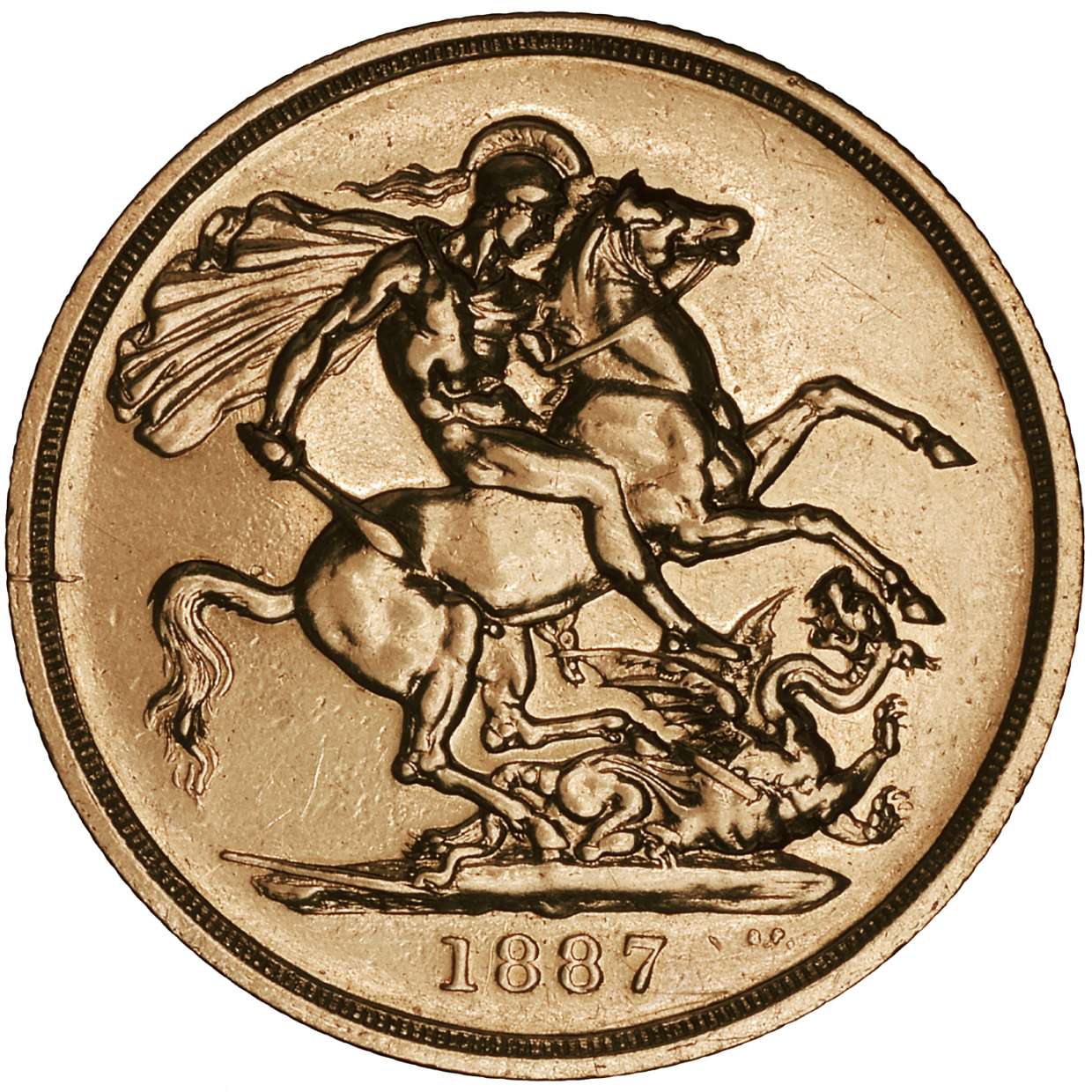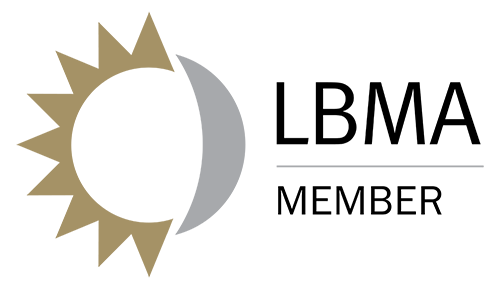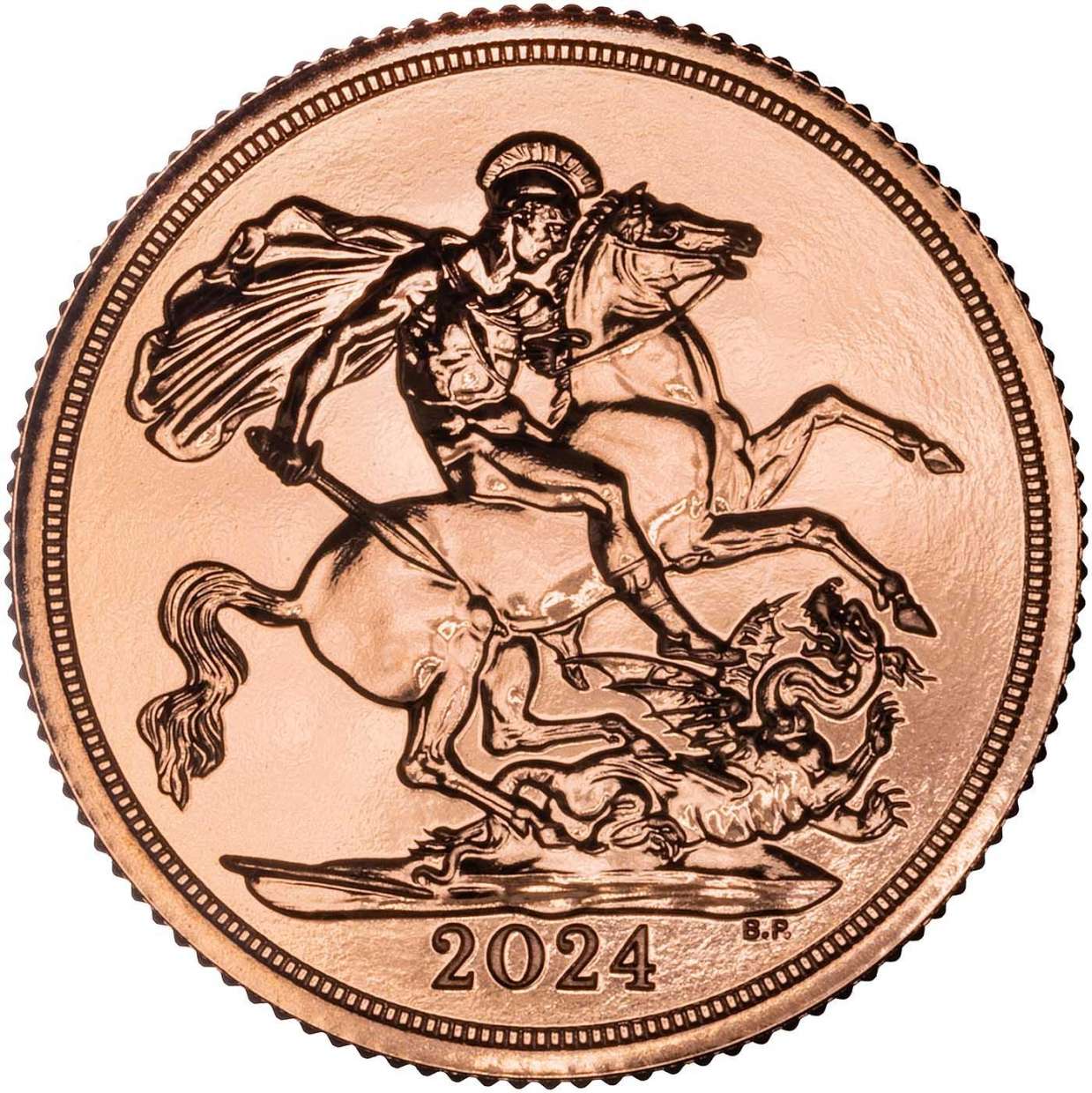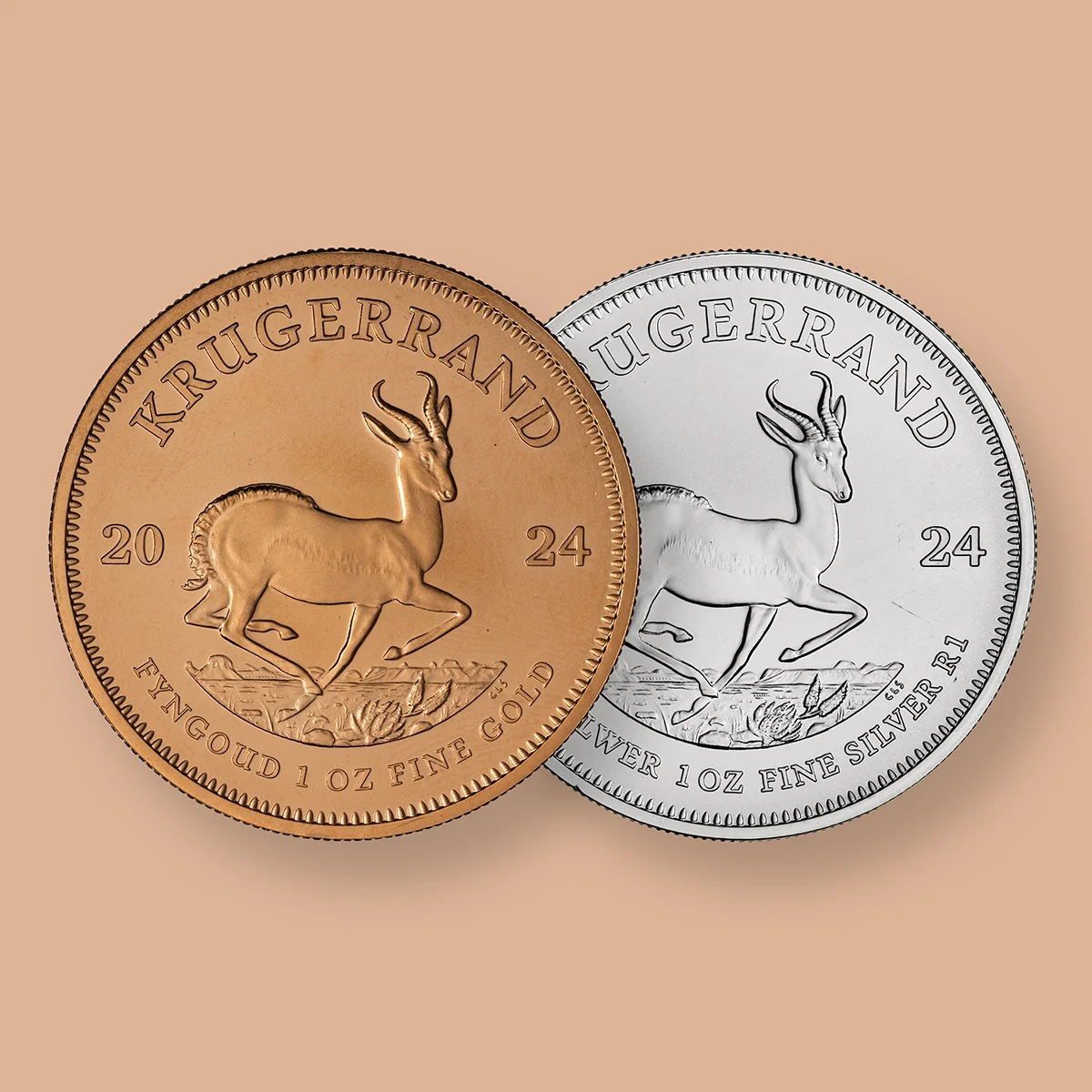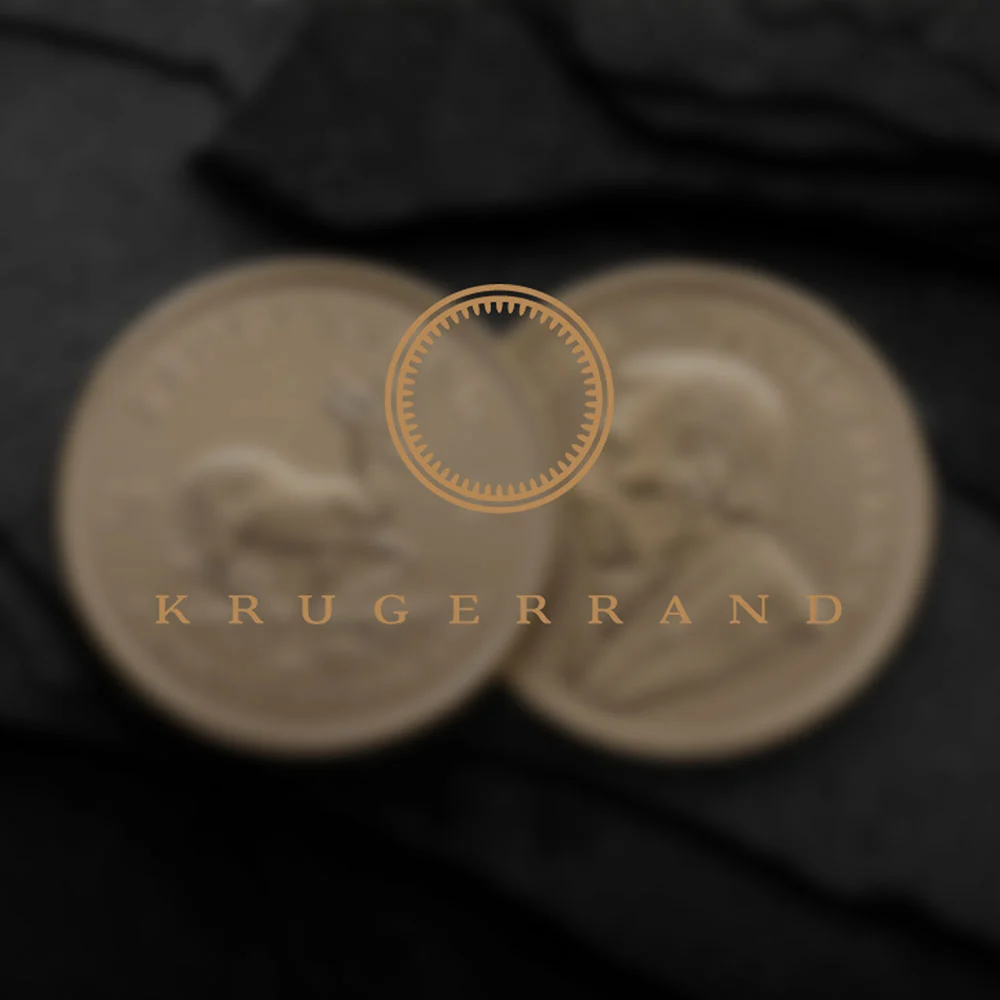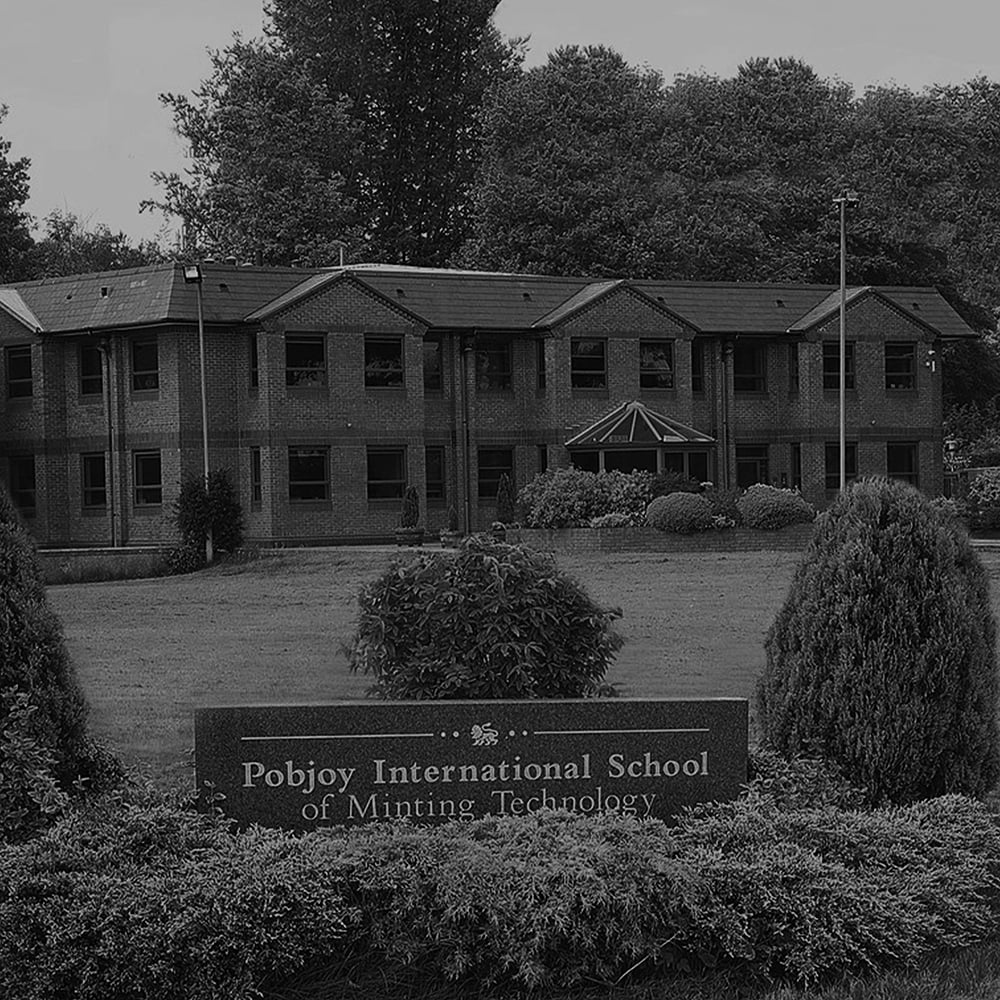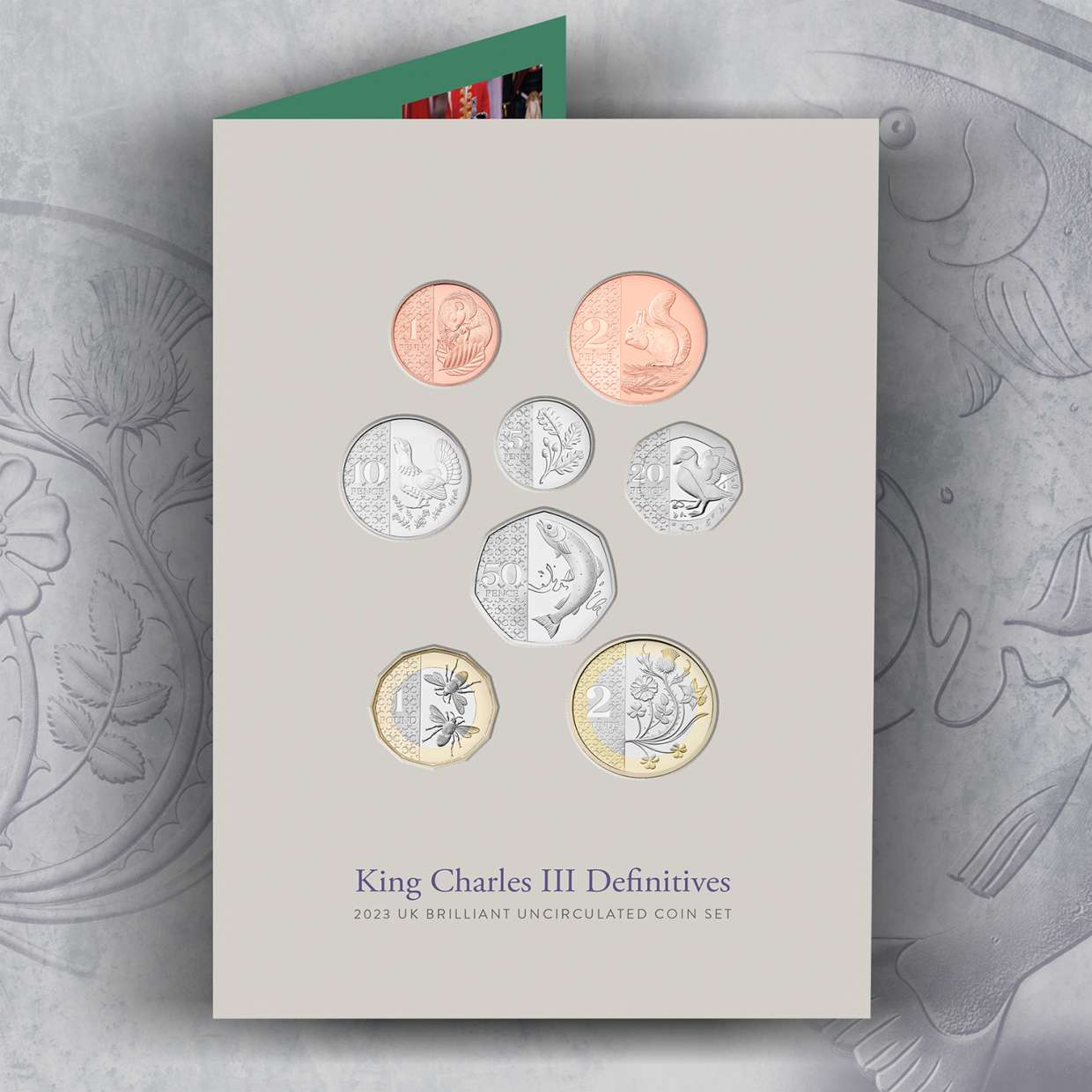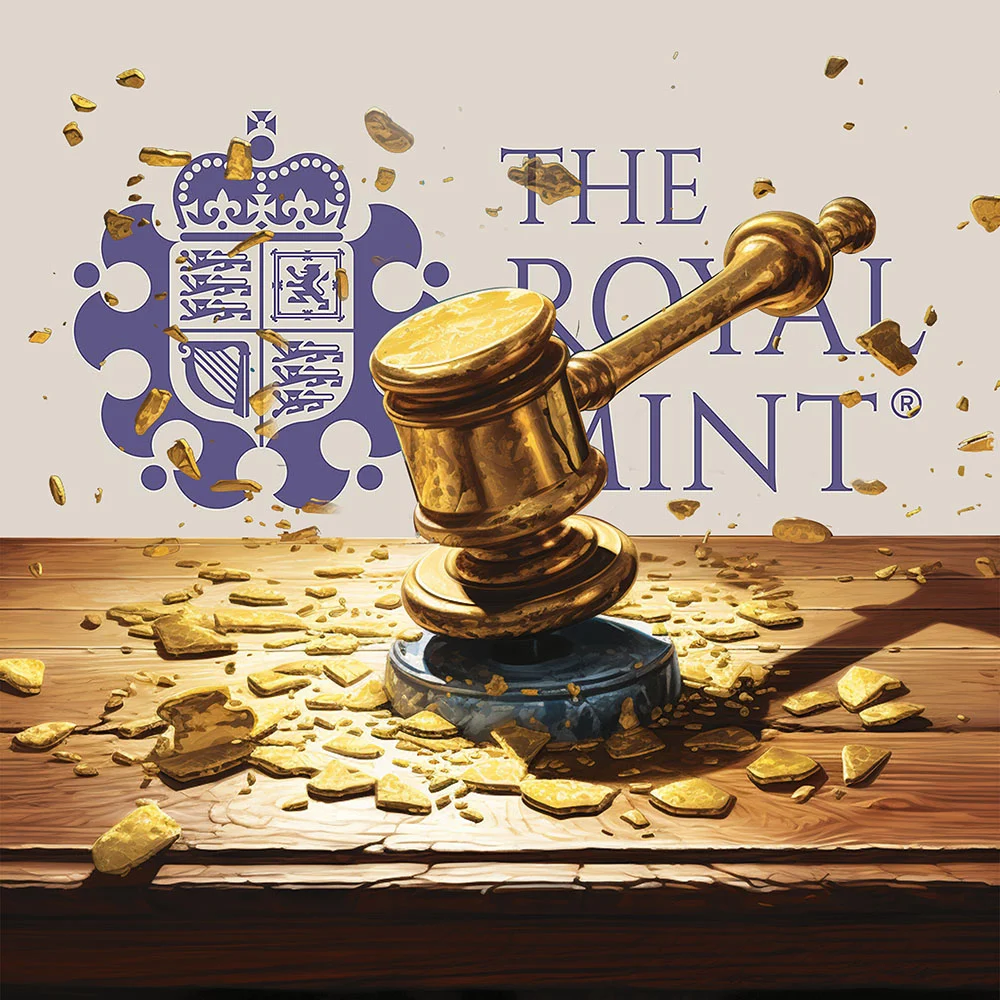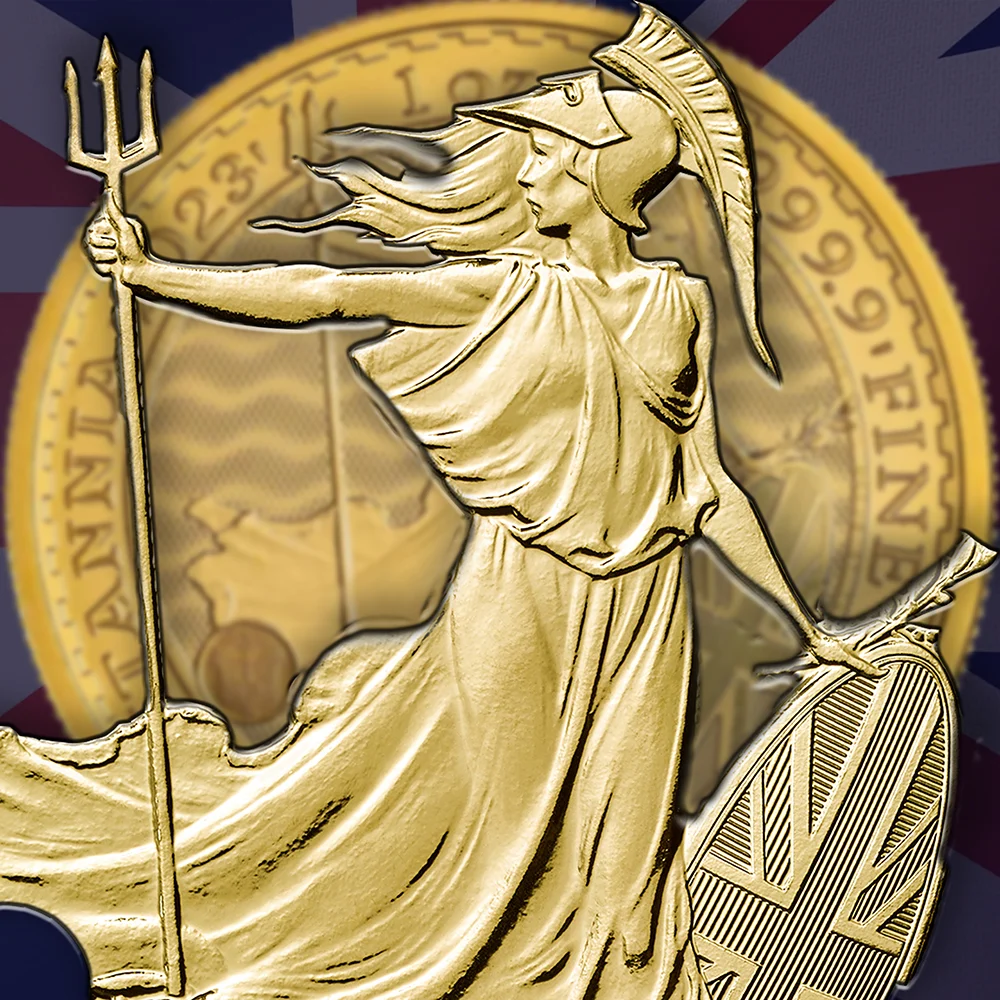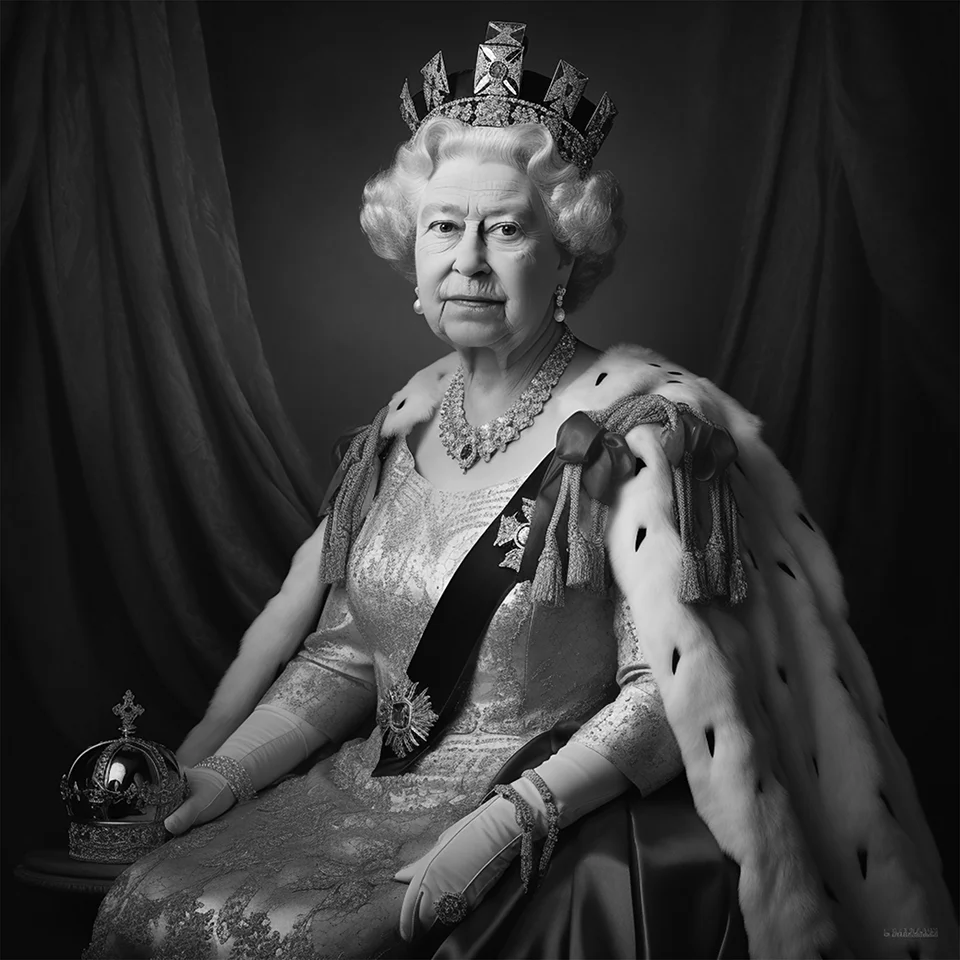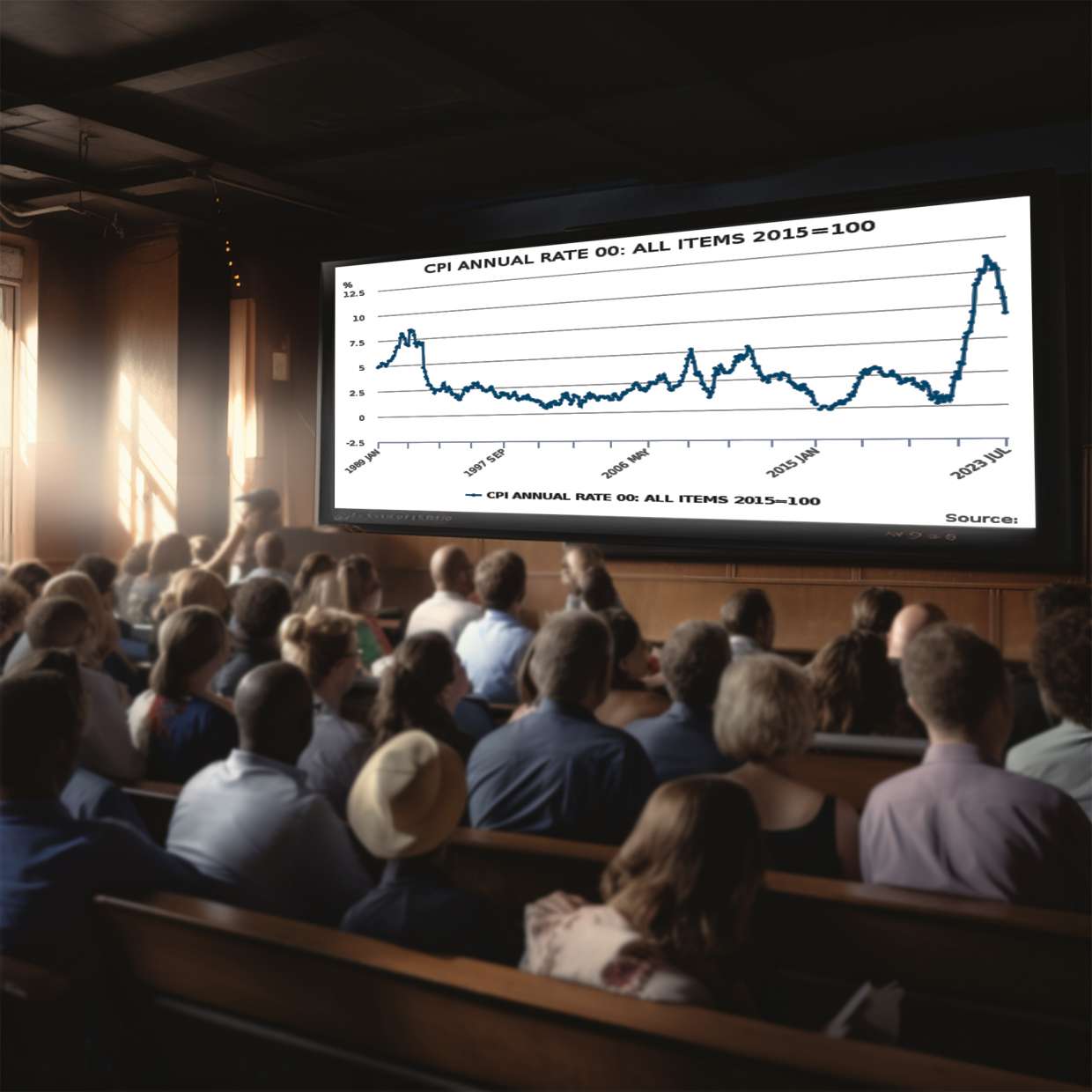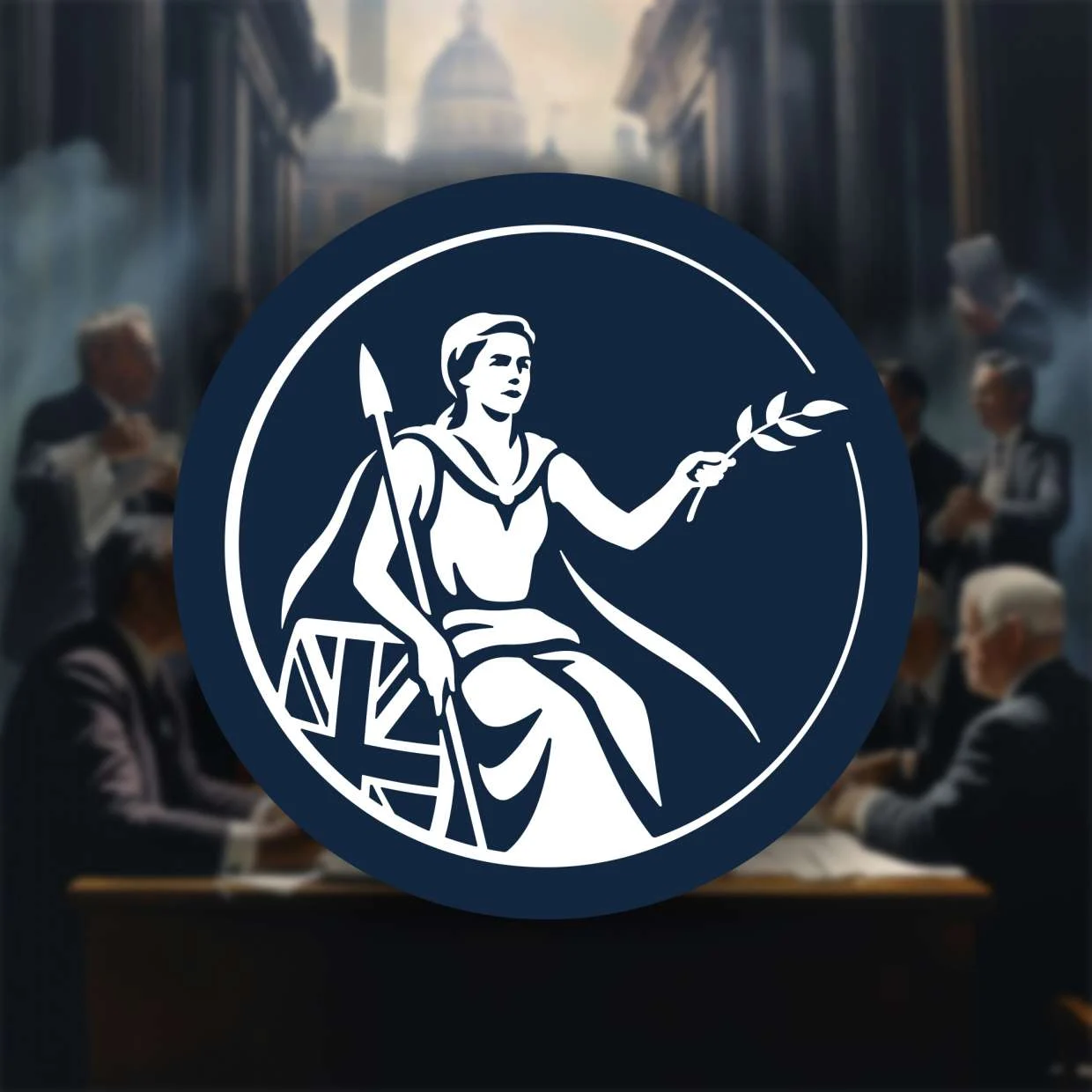A Guide to Austrian Corona Coins
Synopsis
Discoveries made by Chards, a coin collector and dealer, have raised questions about the gold purity of Austrian Gold Corona coins. XRF testing by Chards suggests that these coins may have a higher gold content than previously believed, leaving experts to wonder if this is a rare discovery or if there are more counterfeit coins in circulation. Read on to learn more about these surprising findings.

The History of the Austrian Gold Corona Coin
The Austrian Gold Corona coins were first minted in 1892 and were produced until 1916. They were reintroduced in 1924 and continued to be minted until 1938. The coins were minted in denominations of 10, 20, and 100 Corona, and were made of 90% pure gold. The obverse of the coin displays the portrait of Emperor Franz Joseph I, while the reverse depicts the Austrian coat of arms. Due to their gold content and historical significance, these coins are highly sought after by collectors and investors. Although recognised as legal tender in Austria, their face value is much lower than their actual value.
Our 1915 Restrike Austrian Gold 100 Coronas Niton Test
Recently, our CEO, Lawrence Chard, took it upon himself to test a 1915 Restrike Austrian Gold 100 Coronas using a Niton XRF machine. The results were surprising to say the least!
The initial reading showed just over 950 parts per thousand gold, indicating that the coin is actually 23ct gold or 958.333. This was unexpected because we were aware that these coins typically have a gold purity of .900 fine, or 21.6ct. However, upon further analysis, we discovered that the other constituents of this coin were approximately 40 parts per thousand copper and 3 parts per thousand silver.

As a result of this discovery, Lawrence proceeded to test four other similar coins that we had in stock, and they all gave similar results ranging from 946 to 955 parts per thousand gold. We were surprised by these results as XRF testing is subject to some tolerance and error, but the discrepancy was significant enough to raise eyebrows.
Despite the fact that XRF testing is limited to around a 1.5% fluctuation, we were still intrigued by these results. We usually test for 60 seconds, which is more than enough time to produce reasonably accurate results. We were thrilled to have discovered something new about these coins, which have been a staple in the collector's market for many years.
Questions We Asked The Austrian Mint
1) Are you aware of any times when the Austrian Mint has struck these coins at 958 fine, or any other examples of copies, genuine or counterfeit, produced with such a high gold content?
2) Are there any privy marks, or control marks, on any of the production, which could indicate a production date?
Austrian Mint's Response
The Austrian Mint contacted their production people and they wanted to let us know the following:
The alloy of the 100 Coronas is Au 900.
"We know that there is a difference by using XRF equipment for testing. Due to the manufacturing process (annealing and pickling) the Au content at the surface is higher. We have tested 2 pcs 100 Corona coins from an identical casting batch with our XRF equipment to demonstrate you the effect." In their response, the Austrian Mint also stated that they have never encountered counterfeit 100 Corona coins with a higher gold content.
a) 100 Coronas (XRF tested at the surface) Au 982 ‰
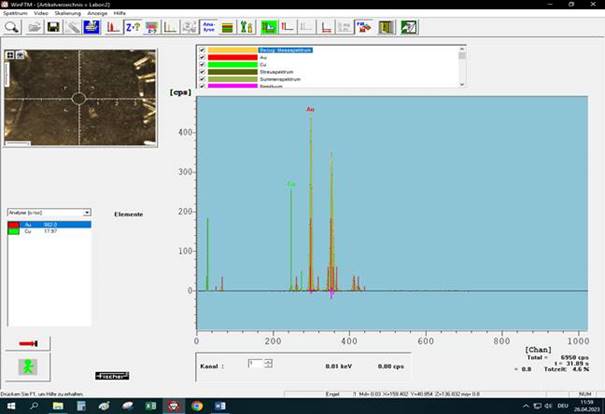
b) 100 Coronas (XRF after slight grinding of the surface) Au 903 ‰

Related Articles
This guide and its content is copyright of Chard (1964) Ltd - © Chard (1964) Ltd 2024. All rights reserved. Any redistribution or reproduction of part or all of the contents in any form is prohibited.
We are not financial advisers and we would always recommend that you consult with one prior to making any investment decision.
You can read more about copyright or our advice disclaimer on these links.


